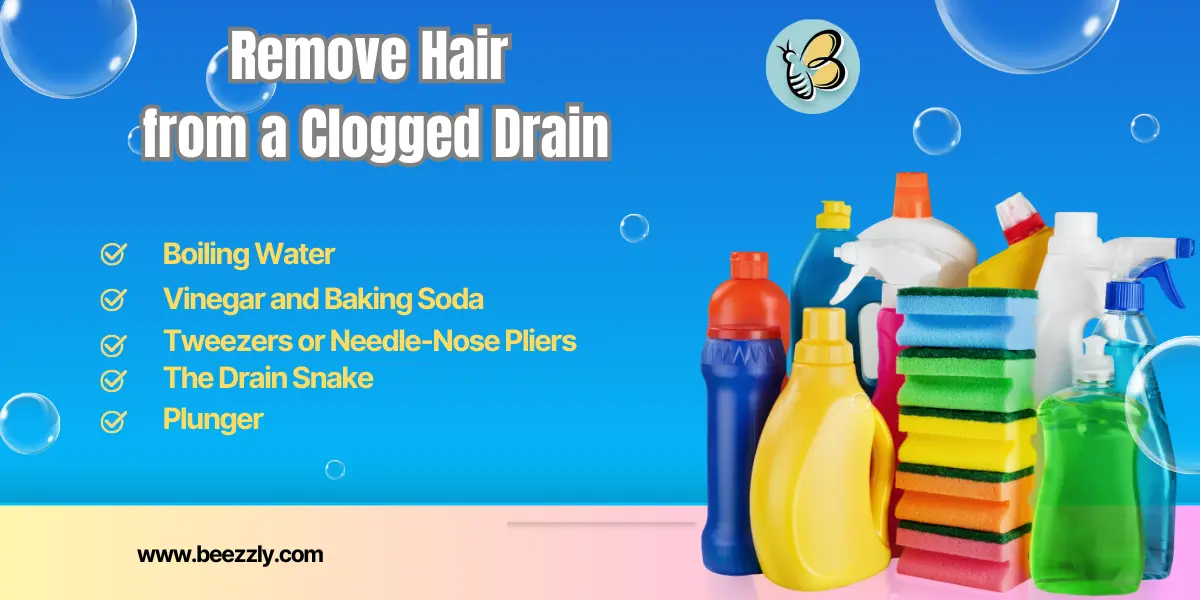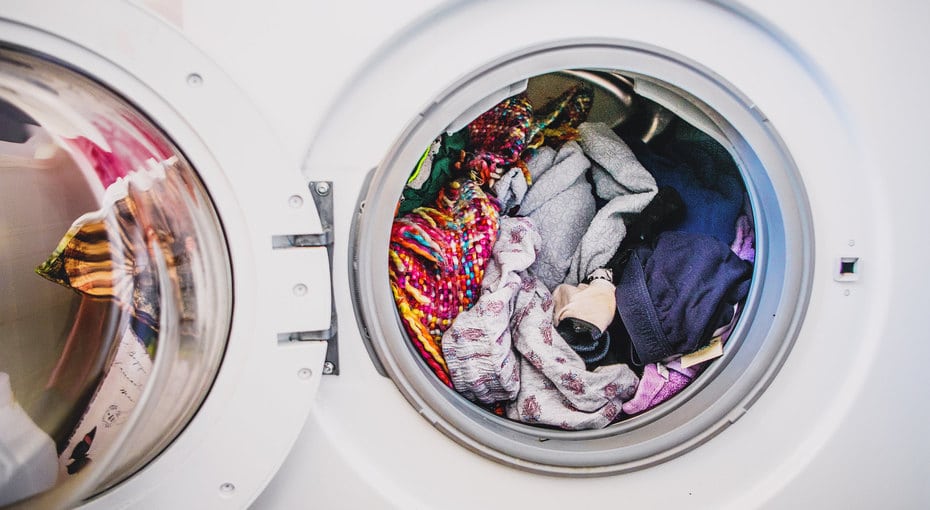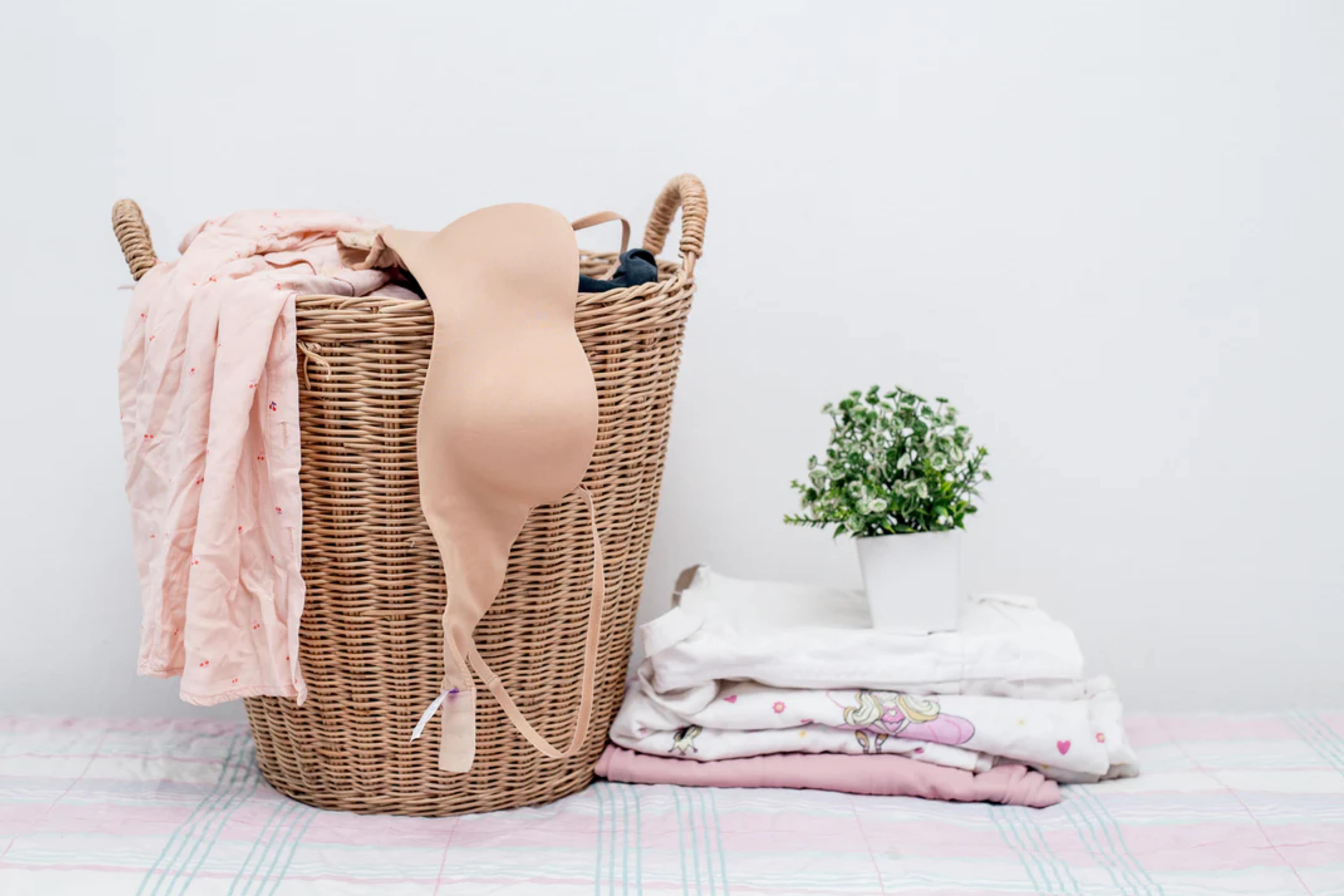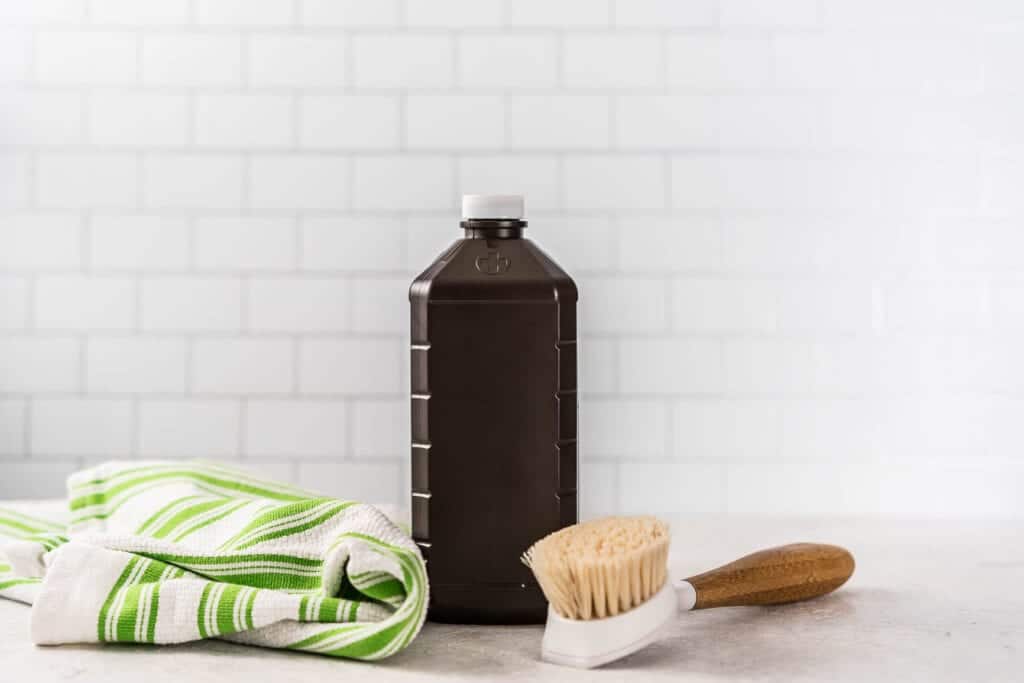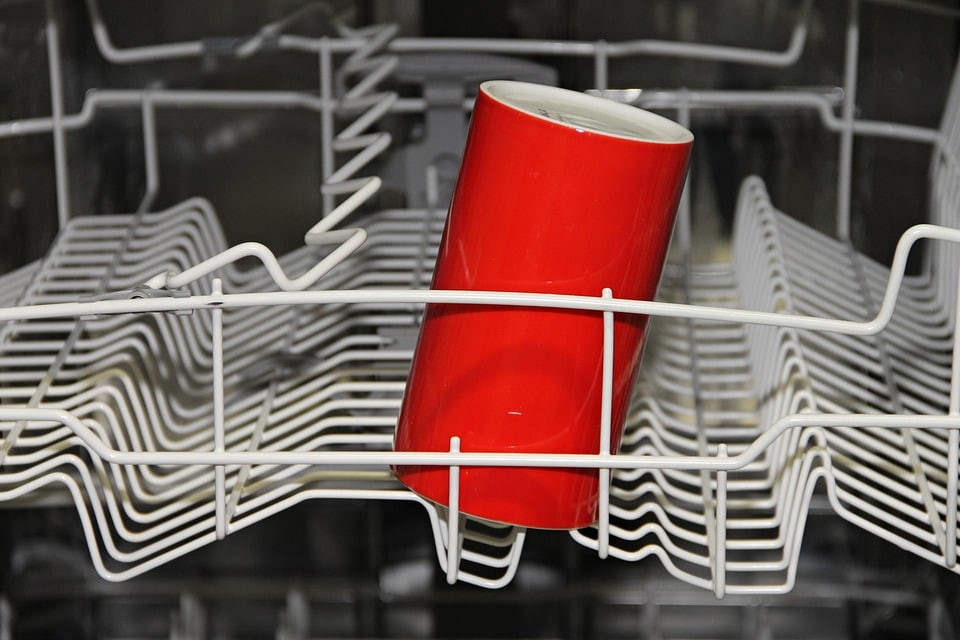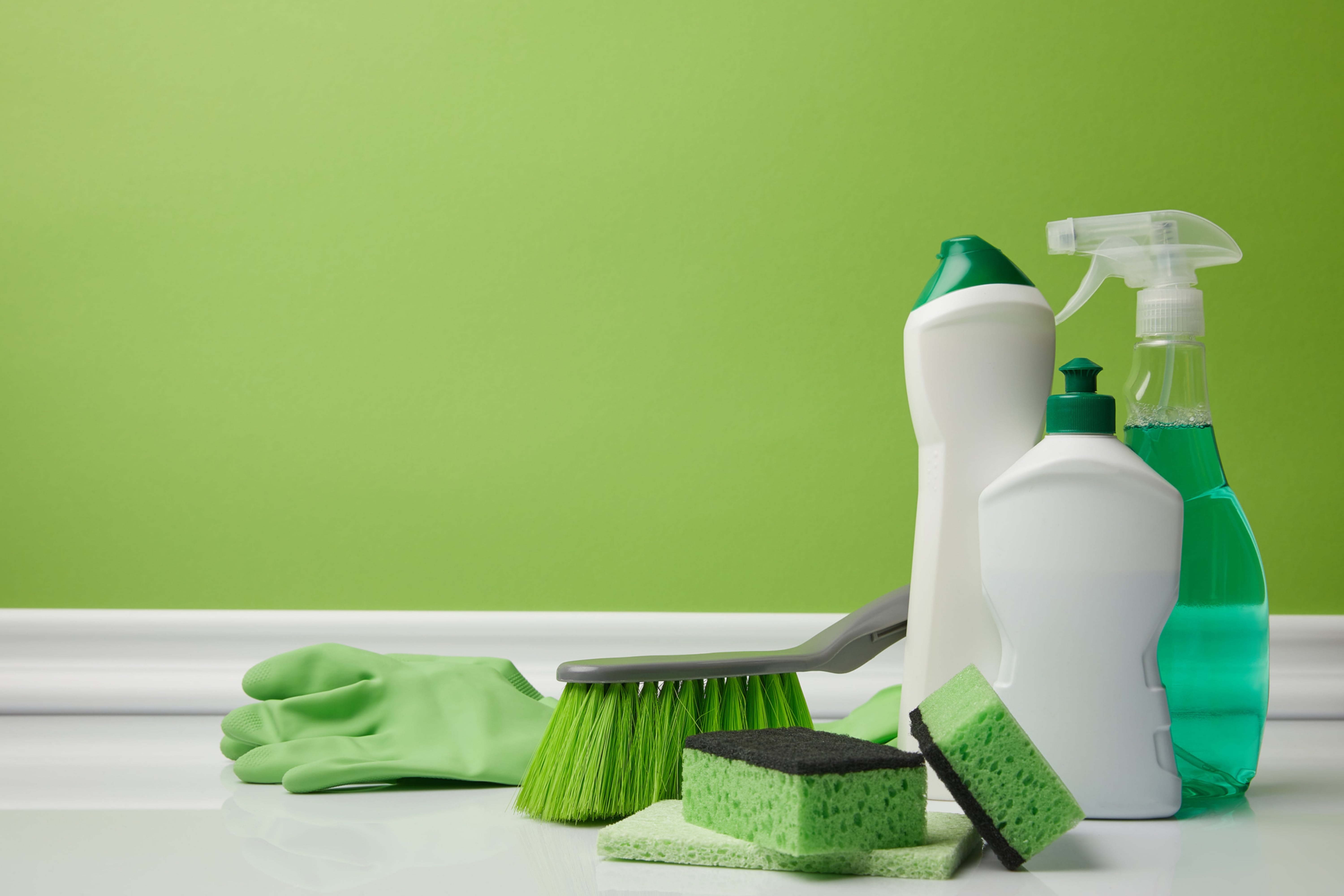We’ve all been there. You’re about to step out of the shower, and the water just won’t drain. Or perhaps the bathroom sink is slow to empty after you’ve washed up. One of the most common causes? Hair. Whether you have long hair, short hair, or live with others who shed, hair clogs in drains are a problem everyone faces at some point.
But how do you clear these clogs and more importantly, how do you prevent them in the future? In this guide, we’ll tackle everything from quick fixes to long-term solutions, ensuring you’re equipped to handle this issue with ease and confidence.
Why Does Hair Clog Drains So Easily?
You may wonder, “Why does this keep happening? I don’t even shed that much hair.” The truth is, even a small amount of hair can cause a big clog over time. The structure of hair allows it to wrap around parts of your drain and mix with soap residue, dirt, and oils. Over time, this buildup becomes a tangle of gunk that blocks water from flowing freely.
The problem isn’t just long hair either; even shorter strands, beard trimmings, and pet hair can contribute to the mess. So, what can you do about it?
How to Remove Hair from a Clogged Drain
Before you start thinking about calling a plumber, there are plenty of ways to tackle a hair clog yourself without expensive tools or toxic chemicals. Here are some effective methods that work in most situations, whether you’re dealing with a slow-draining sink or a completely blocked shower.
-
Boiling Water: The Simple, First Step
“I don’t want to touch the hair. Is there a quick way to clear the drain?”
Yes! Start with boiling water. It might sound too easy, but pouring boiling water down the drain can break up the oils and soap residue that trap hair.
How to do it:
- Boil a kettle or pot of water.
- Slowly pour it down the drain.
- Wait a few moments and test the water flow. If it’s still slow, try this two or three times before moving on to other methods.
Boiling water works especially well for minor blockages or as a preventative measure if done regularly.
-
Vinegar and Baking Soda: A Natural Power Combo
“What if boiling water doesn’t work? I don’t want to use harsh chemicals.”
If boiling water didn’t clear the clog, it’s time for the next natural solution: vinegar and baking soda. This method is great because it’s eco-friendly, doesn’t damage your pipes, and uses items you likely already have at home.
How to do it:
- Pour 1 cup of baking soda into the drain.
- Follow with 1 cup of white vinegar.
- You’ll hear some fizzing—that’s the reaction working to break down the clog.
- Let it sit for 10-15 minutes, then flush with boiling water.
If your drain still isn’t fully cleared, repeat the process. This can take a couple of attempts, but it’s a safe and effective method for most clogs.
-
Tweezers or Needle-Nose Pliers: Hands-On Removal
“What if I can see the hair? Can I just pull it out?”
Absolutely! If the hair is visible near the drain opening, removing it manually can be the quickest solution.
How to do it:
- Grab a pair of tweezers or needle-nose pliers.
- Use a flashlight (your phone’s light works) to see down the drain.
- Carefully pull out any visible hair. You may be surprised at how much comes out.
This method works best for clogs near the surface, but if it’s deeper in the pipes, you may need to try one of the following options.
-
The Drain Snake: A Deeper Reach
“What if the clog is further down the drain? Can I avoid calling a plumber?”
If you’ve tried the first three methods without success, it’s time for a drain snake. These inexpensive tools, available at most hardware stores, are specifically designed to reach down into the drain and pull out hair and debris.
How to use it:
- Insert the drain snake into the drain.
- Twist and push it gently to catch the hair.
- Slowly pull it back up and dispose of the hair.
Repeat the process until no more hair comes up and the drain is flowing freely.
-
Plunger: Creating Pressure
“Is there a way to push the clog out instead of pulling it up?”
Yes! Sometimes, using a plunger can dislodge the clog, especially if it’s not too far down the pipe. This method creates pressure that can force the hair to break free.
How to do it:
- Fill the sink or tub with enough water to cover the plunger’s cup.
- Position the plunger over the drain and pump it up and down a few times.
- Watch for water movement—this indicates the clog may be loosening.
This can be effective, especially when combined with boiling water or after manually removing visible hair.
Preventing Hair Clogs: Long-Term Solutions
Once you’ve cleared the drain, the next step is to prevent this from happening again. Here’s how:
- Use a Drain Cover: Simple and inexpensive, drain covers catch hair before it goes down the drain.
- Brush Your Hair Before Showers: Brushing your hair beforehand removes loose strands that would otherwise end up clogging your drain.
- Install a Hair Catcher: Hair catchers fit over your drain and can be easily cleaned out after each use.
These preventative measures can save you the hassle of dealing with frequent clogs.
Frequently Asked Questions
Q: What dissolves hair in the drain without damaging pipes?
A: Vinegar and baking soda are great options for dissolving hair and other organic matter without the risk of damaging your plumbing.
Q: Can I use a plunger on a shower drain?
A: Yes, using a plunger on a shower drain is a practical way to help dislodge clogs caused by hair, soap, and other debris. The key to making this method effective is creating a tight seal between the plunger and the drain. This helps build the necessary suction and pressure to loosen or push out the clog.
How to do it properly:
- Fill the shower with water: Add enough water to cover the bottom of the plunger. The water helps create the necessary pressure.
- Place the plunger over the drain: Make sure the entire opening is covered, ensuring there’s no space for air to escape.
- Pump the plunger up and down: Do this quickly and firmly for 15-30 seconds. You should feel some resistance, which is a sign that the clog is being affected by the suction.
- Check the drain: After plunging, pull the plunger away and see if the water drains more freely. If not, repeat the process a few times.
If the clog isn’t too deep, this method can break it loose and restore normal water flow without having to use other tools or chemicals.
Q: What if I’ve tried everything and my drain is still clogged?
A: If you’ve already tried the common DIY methods for example boiling water, vinegar and baking soda, using a drain snake, or even plunging and your drain is still clogged, it’s time to consider calling a professional plumber.
Here’s why: Persistent clogs might be a sign of a deeper or more complex issue in your plumbing system. Sometimes, the blockage is located farther down in the pipes than what home remedies can reach. Or, the problem could be caused by something more serious, like:
- Tree roots growing into underground pipes.
- Pipe damage or corrosion.
- A buildup of grease, minerals, or other substances that can’t be cleared with basic household tools.
A professional plumber has specialized tools, like high-powered drain augers or hydro-jetting machines, that can clear stubborn clogs or fix hidden issues in your pipes. They can also diagnose whether you have a larger problem, such as a sewer line blockage, which needs professional attention to avoid further damage to your home’s plumbing.
Final Thoughts
Clogged drains are a common annoyance, but with the right tools and a little know-how, you can handle the problem yourself. By following these steps, you’ll not only clear hair clogs but also prevent them from coming back. With a mix of natural remedies and practical tools, your drains will flow smoothly again and you’ll save both time and money.



